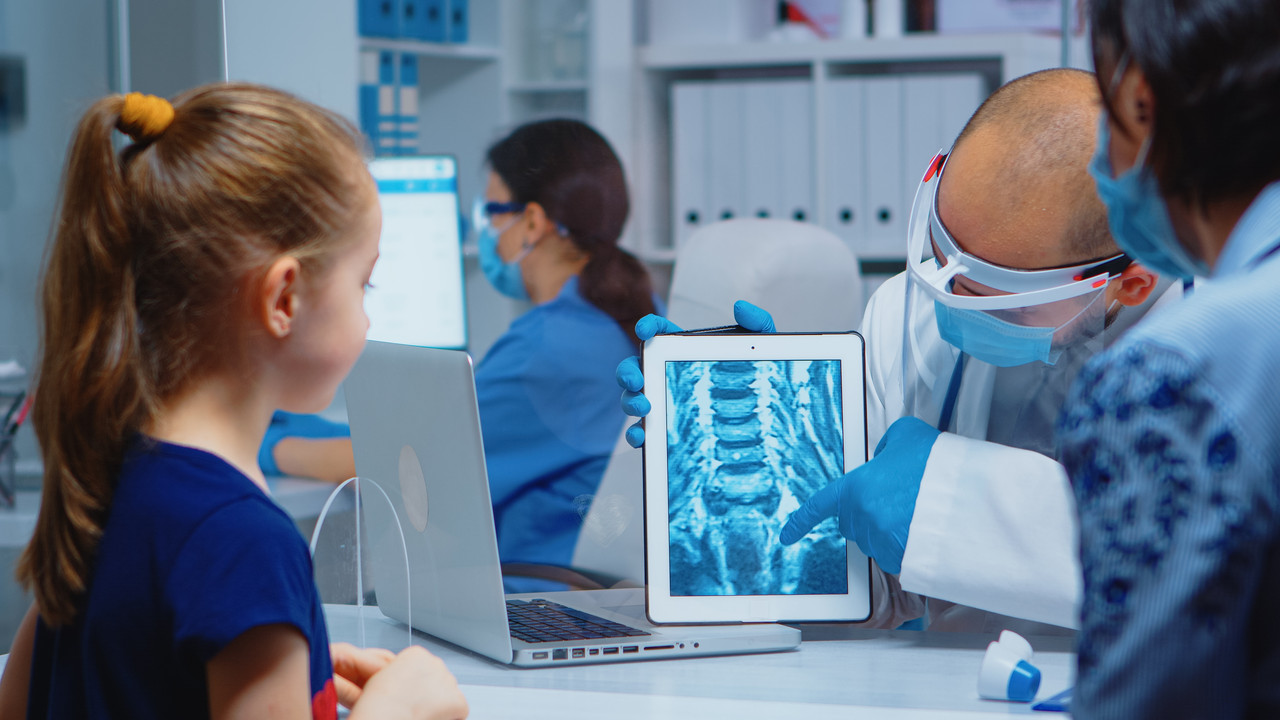Radiology, an integral facet of healthcare, has been experiencing significant transformations because of advancements in technology. For centuries, this medical specialty has been a silent protagonist, aiding doctors in diagnosing and treating scores of diseases. It has embarked on an innovative journey that continues to redefine the sector and enhance patient care. The dawn of this new era is centred around the implementation of modern technology, which includes developments in fields such as artificial intelligence (AI), 3D printing, nanotechnology, and advanced imaging.

The Evolution of Radiology
Radiology, born in the late 19th century with the discovery of X-rays by Wilhelm Conrad Roentgen, has grown leaps and bounds over time. The advent of computed tomography (CT) in the 70s dramatically transformed the field, followed by the introduction of magnetic resonance imaging (MRI) and ultrasound systems. These revolutions marked the beginning of the digital age in radiology, which has been on an upward trajectory since, incorporating tech advancements and evolving into a multifaceted discipline.
The current state of radiology is a result of pioneers daring to embrace the unfamiliar and championing revolutionary technologies. Today's radiologists have at their disposal an amazing toolkit that their predecessors could only have dreamt of. From the rudimentary X-ray tubes to sophisticated CT and MRI systems, radiology, with each innovation, has continually raised the bar in the healthcare industry.
The Uncharted Territory: AI and Machine Learning in Radiology
The healthcare field is undergoing another technology-induced metamorphosis with the pervasive advent of AI and machine learning. Particularly in radiology, these developments are revolutionising how radiologists’ function, drastically improving diagnostic accuracy and efficiency.
For instance, AI algorithms can sift through thousands of medical images in seconds, identifying anomalies with utmost accuracy. A study by Stanford University demonstrated an AI system's ability to identify pneumonia on chest X-rays faster and more accurately than human radiologists. This potent combination of speed and precision can alleviate the pressures of a global radiologist shortage and the increasing demand for imaging services.
Furthermore, machine learning can significantly enhance personalized care. Predictive analytics tools can scour through voluminous data, accurately predicting patients' risk of disease, thus enabling pre-emptive care. These massive strides herald a future where AI and machine learning might become the backbone of radiology, redefining diagnosis, treatment, and preventative care.
3D Printing in Radiology
Another technology steering radiology towards a transformative future is 3D printing. This innovation is proving invaluable in the visualization of complex anatomy, allowing for improved surgical planning and patient-specific treatment plans. For example, a team at the Royal Brisbane and Women's Hospital used 3D printing to replicate an intricate malformation in a patient's skull, enabling surgeons to plan their approach accurately.
Despite its promise, 3D printing in healthcare comes with a unique set of challenges, including cost constraints and regulatory hurdles. However, strides in increasing affordability of 3D printers and streamlined regulations are paving the way for broader adoption of this technology.

Nanotechnology: The Future of Radiology
Nanotechnology, a relatively emerging field, is now finding applications in radiology, where its unlimited potential positions it at the forefront of future healthcare. Nanoparticles can improve imaging quality, and due to their small size, can easily penetrate tissues and organs, opening a new world of possibilities for diagnostics and treatment.
One application of nanotechnology is in the creation of targeted contrast agents in MRI imaging. For instance, researchers at the University of Sydney developed gold-coated iron oxide nanoparticles, which can be used to enhance the sensitivity and specificity of MRI scans. This kind of advancement not only improves diagnostic capabilities, but also makes medical procedures less invasive and more patient friendly.
Advanced Imaging Technology
The rise in PET, SPECT, and advanced MRI technologies is significantly improving diagnostic capabilities. For example, PET scans, distinct for their ability to measure metabolic activity, can aid in early detection of diseases, thus increasing survival rates.
Similarly, SPECT imaging's ability to provide 3D images opens up a world of insights about the body's internal workings. Advanced MRI technology is now being harnessed to visualise the complex structure of the human heart, supplying doctors with comprehensive details for accurate diagnoses.
Impact on Healthcare
The impact of these radiology innovations on healthcare is tremendous. Improved diagnostic capabilities mean early detection and treatment of diseases, reducing mortality rates. There is also a significant enhancement in the level of personalised care enabling healthcare providers to deliver services customised to each patient's needs.
On the flip side, the rapid onset of technology comes with challenges. The constant need for training and upskilling staff, cost implications, and adjusting to new systems and procedures can be daunting.
The Ethical Implications
As new technologies surface, they bring with them a host of ethical considerations. Concerns around data privacy, the reliability of AI systems, ensuring equitable access to advanced services, and managing job displacement fears as AI takes over certain tasks, are among the key ethical issues on the table.
Navigating these challenges is a prerequisite for tapping into the immense potential these technologies carry. Therefore, the need for stringent regulations, adherence to ethical guidelines, and creating robust accountability and oversight mechanisms cannot be overstressed.
What the Experts Are Saying
Experts are generally optimistic about the future of radiology and its potential to bring about a paradigm shift in healthcare. Professor Tony Goldschmidt of the Australian Radiological Society states, "The newfound technological advancements signify a promising future for the discipline. Radiology is set to transform healthcare by taking the diagnosis and treatment of diseases to an advanced level."
Conclusion
As we stand at the cusp of a new era, radiology continues to redefine healthcare. From AI to nanotechnology, the advancements being made are monumental. By staying abreast of these changes, both patients and medical practitioners can leverage the benefits that they bring.
For patients, it means better diagnostic accuracy ensuring timely treatment. For medical practitioners, these technologies symbolise a world of opportunities and challenges that require constant learning, adaptation, and ethical discernment.
0 comments:
Post a Comment